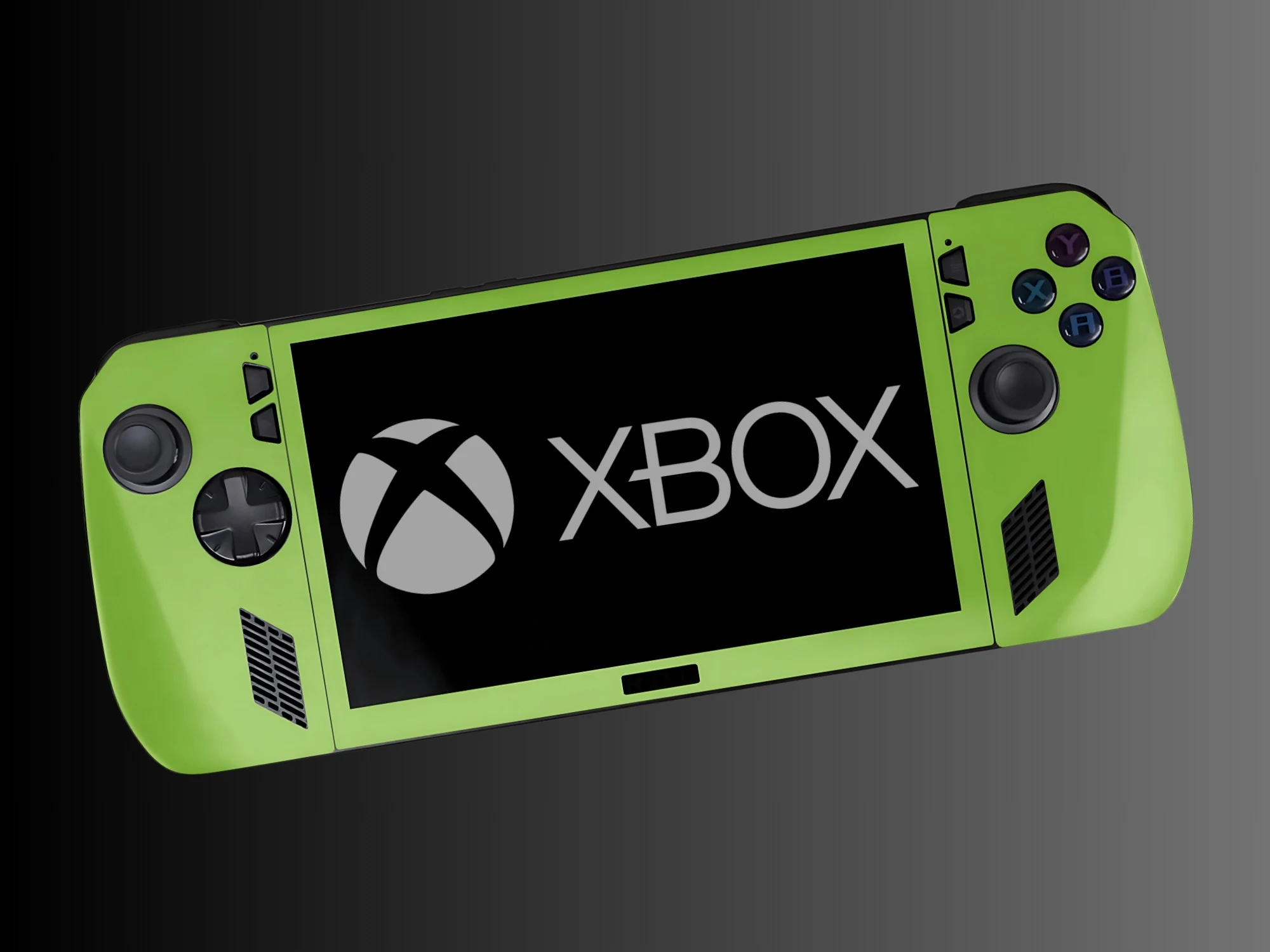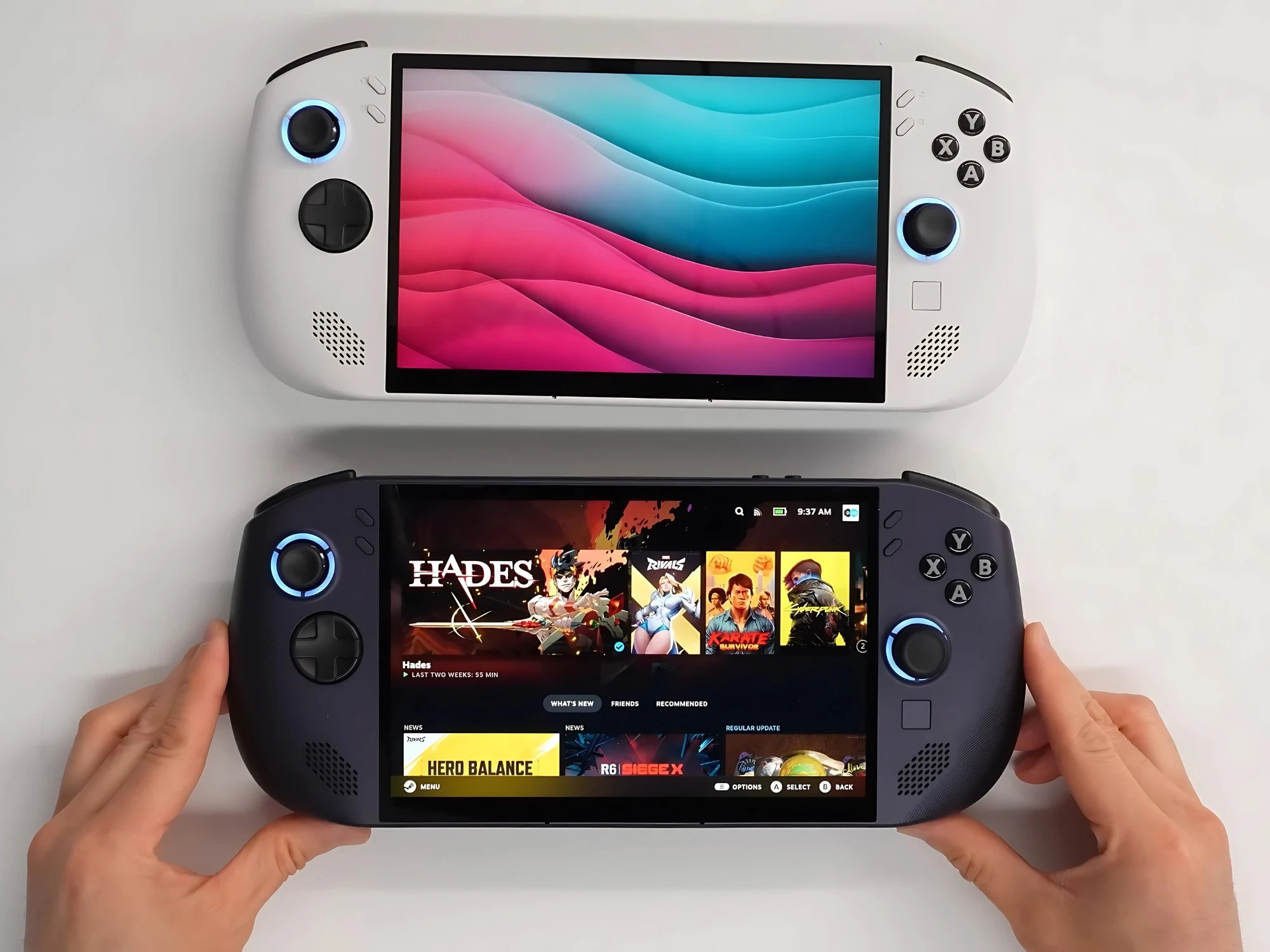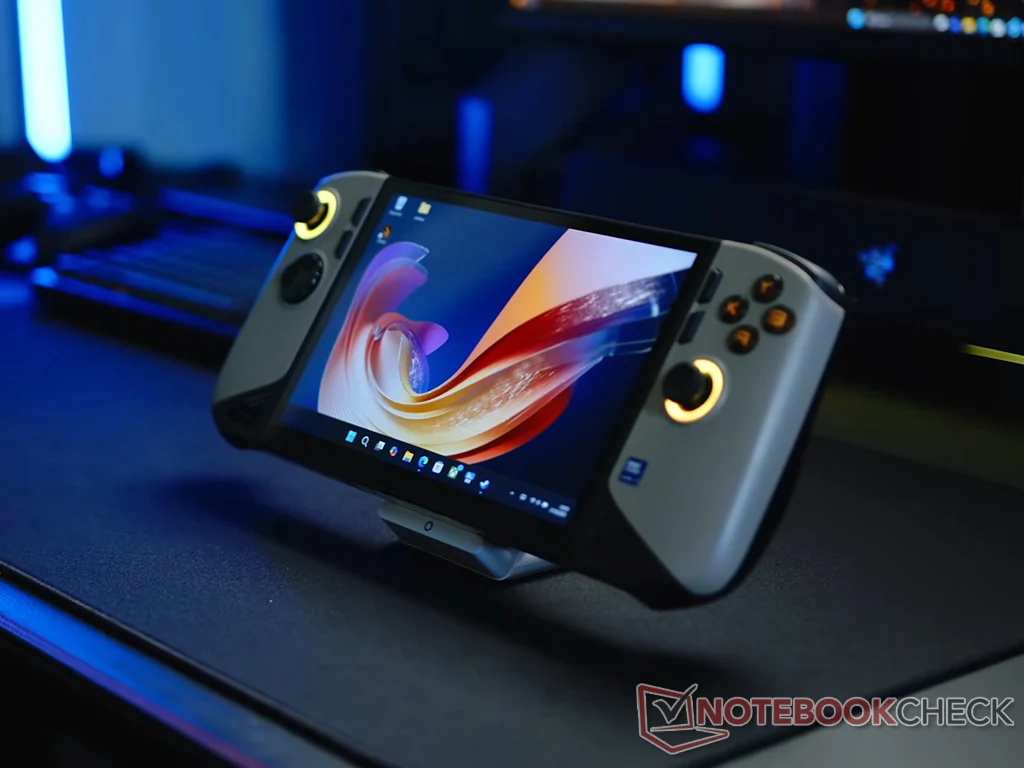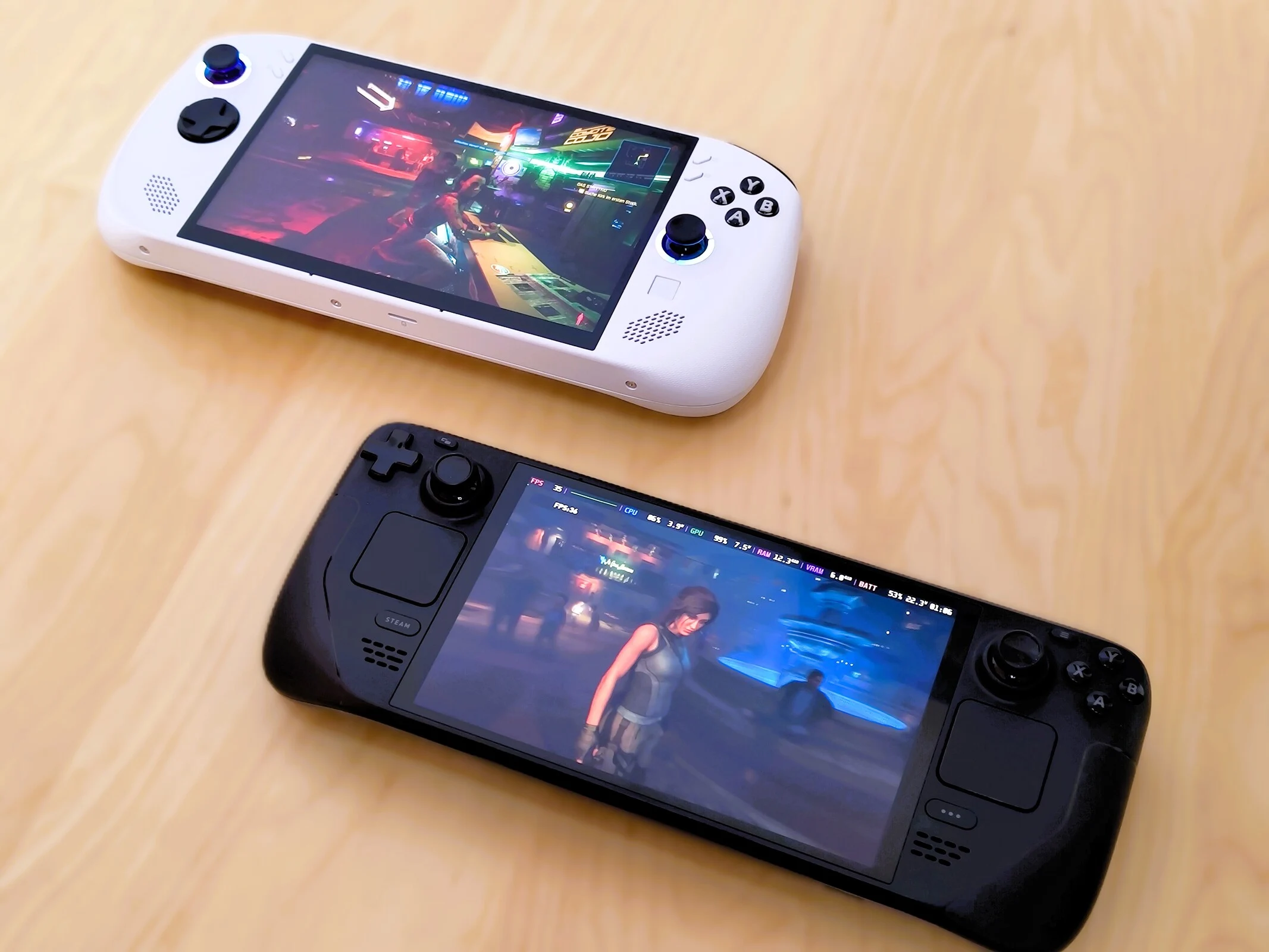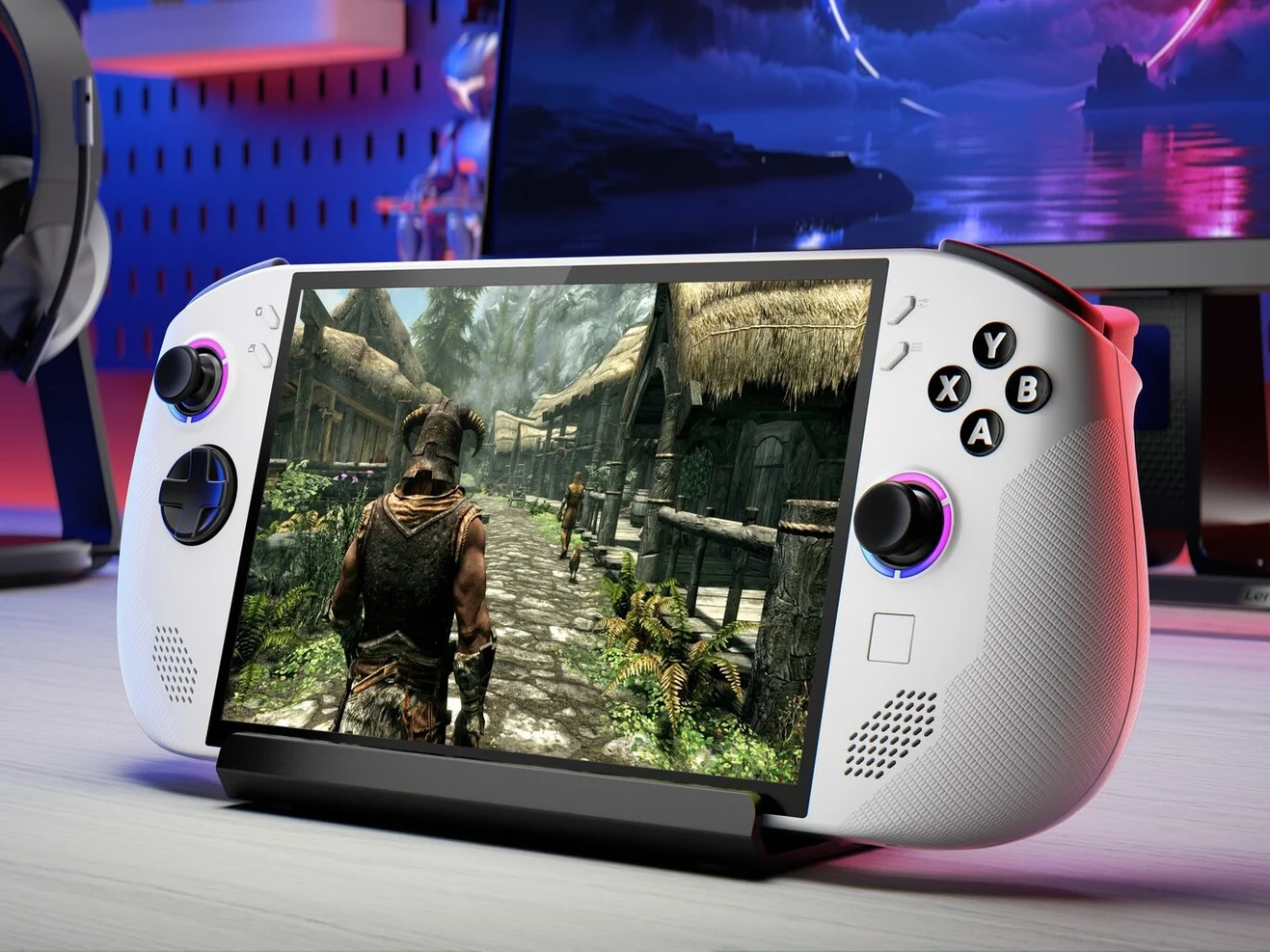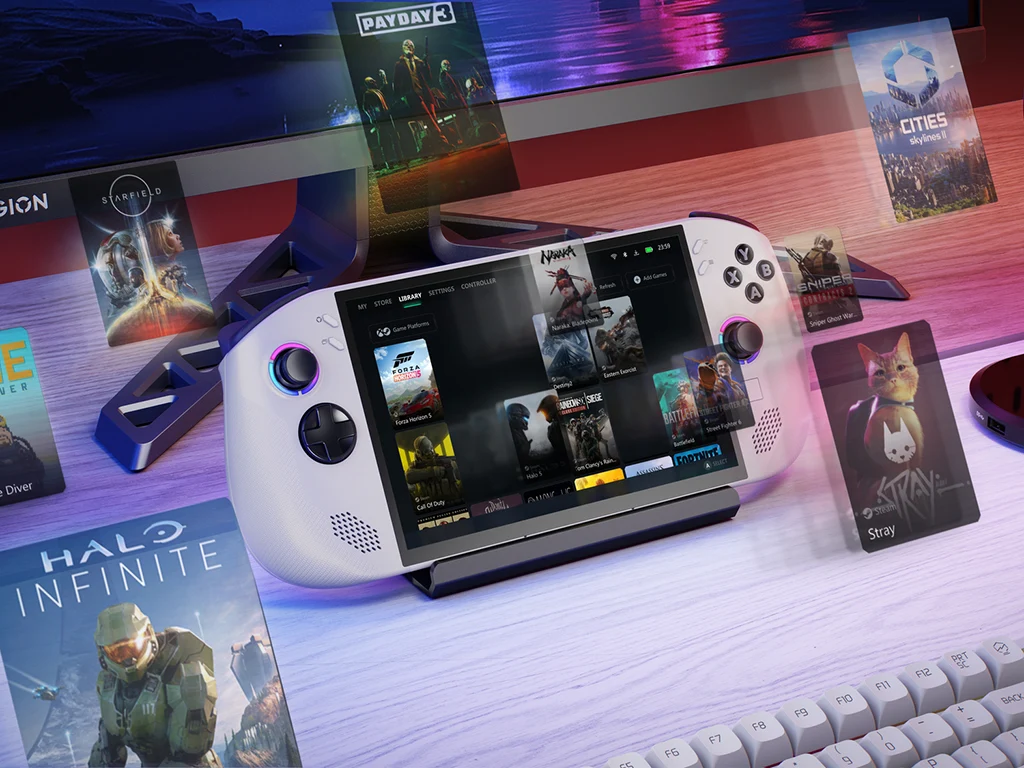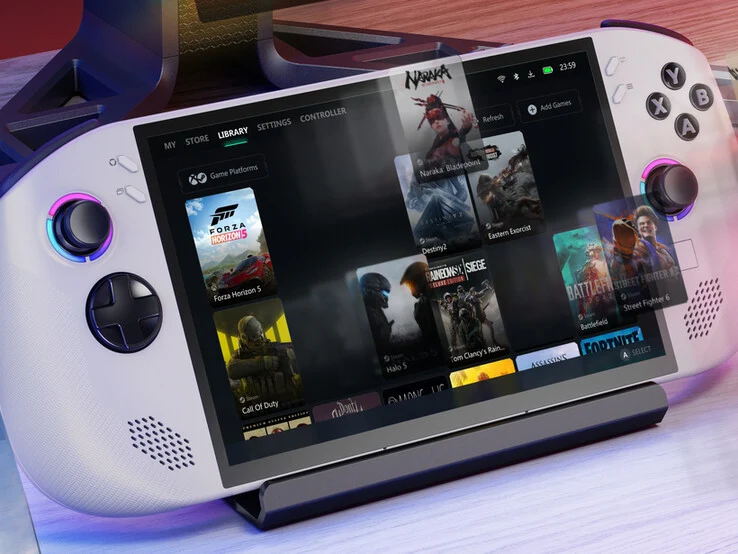Key Takeaways
1. The Lenovo Legion Go S shows significant performance improvements running SteamOS compared to its previous Windows setup, which is more resource-heavy.
2. Microsoft is focusing on enhancing Windows-based handheld devices, which may have contributed to delays in releasing a new Xbox console.
3. Project Kennan, a collaboration between Asus and Microsoft, aims to create an Xbox-themed Windows handheld expected to launch in 2025.
4. The future of the Xbox handheld remains uncertain, but development on the Xbox Series X successor continues without significant delays.
5. Alternatives to Windows, like SteamOS, are becoming more appealing due to better performance and battery life, despite Windows maintaining an advantage in compatibility.
Benchmarks from the Lenovo Legion Go S running SteamOS have revealed significant performance improvements. Previously, this handheld PC operated on Windows, which is known to be more resource-heavy and less efficient. Insider Jez Corden suggests that these issues might have contributed to delays in the release of a new Xbox console. He believes that Microsoft is now concentrating on enhancing the capabilities of current Windows-based handheld devices instead.
Confusion Over Microsoft’s Future Plans
Understanding Microsoft’s future gaming plans can be quite tricky. There is a project known as Project Kennan, a collaboration between Asus and Microsoft, aimed at creating an Xbox-themed Windows handheld, which might launch in 2025. Nevertheless, while the company is focusing on cross-platform titles, it has not entirely turned its back on traditional consoles. Another handheld device from Xbox, marketed exclusively by Microsoft, is expected to arrive in 2027. It’s possible that a new powerful console could also launch around the same time.
The State of Xbox Development
The delay in the Xbox handheld’s development doesn’t seem to have slowed down the progress for an Xbox Series X successor. However, the future of the Xbox handheld remains uncertain. Meanwhile, Project Kennan is still in active development. Reports indicate that Microsoft plans to use this handheld PC to roll out user interface improvements, aiming to enhance navigation for gamers beyond what Windows currently offers.
Performance Gaps and Alternatives
Just tweaking the interface won’t be enough to bridge the performance gap with SteamOS. Valve is also working to ensure that SteamOS becomes a viable choice for more AMD Ryzen-based handheld devices. With improved battery life and frame rates, alternatives to Windows are becoming increasingly appealing. Despite the advancements of SteamOS, Windows machines still hold an advantage in compatibility.
The delay regarding the Xbox handheld might provide Microsoft with the opportunity to refine its operating system. There are various theories explaining the hesitation to invest in a new console concept. Concerns over tariff implications have previously resulted in price hikes for the Xbox Series X and S. In the current economic situation, launching a new system at an affordable price poses a major challenge.
Source:
Link

